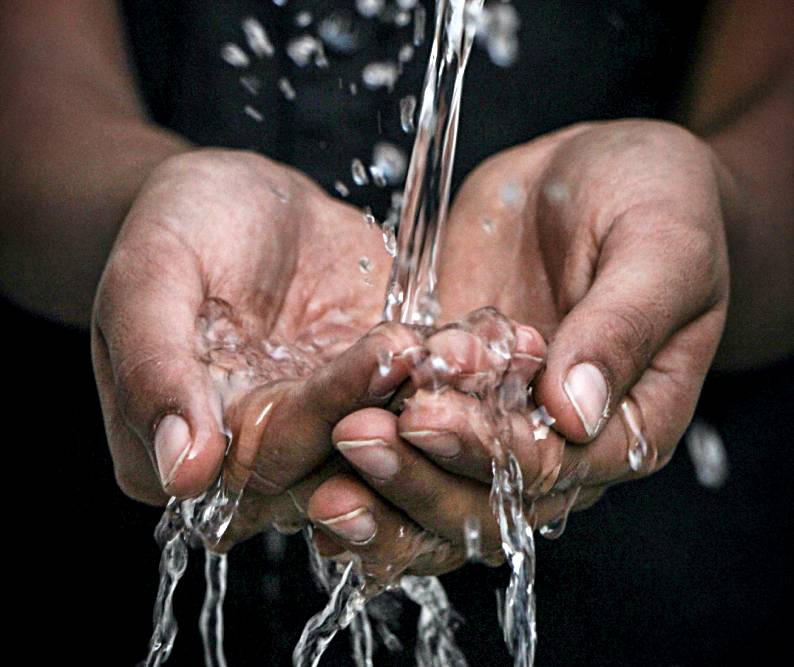words Al Woods
Water is one of our most precious resources, essential for life and countless daily activities – but we don’t often think about how we are able to get clean water to our homes (if we’re lucky enough to have that). Ensuring the safety of our water supply is a critical responsibility that involves various processes and measures. This article will explore the methods and systems in place to keep our water safe for consumption and use.
Photo by mrjn Photography on Unsplash
Water Source Protection
It all begins with safeguarding the sources of our water. This includes protecting rivers, lakes, reservoirs, and groundwater from contamination and pollution. Regulations and environmental initiatives aim to maintain the quality of these natural water sources.
Filtration
The first line of defense in ensuring safe water is filtration. Water treatment plants employ various methods, including sand, gravel, and activated carbon filters, to remove impurities and particles from the water. These filters help eliminate debris, sediment, and larger contaminants.
Chemical Treatment
To address microscopic threats like bacteria, viruses, and other pathogens, chemical treatment is applied. Chlorination, ozonation, and UV irradiation are common methods that disinfect the water, killing harmful microorganisms and preventing waterborne diseases.
Coagulation and Flocculation
Coagulation and flocculation are processes that help particles clump together, making it easier for them to be removed during filtration. Chemicals and materials from companies like polychemistry.com are added to water to aid in this process.
Sedimentation
After coagulation and flocculation, the water is allowed to settle in large tanks. During this sedimentation process, the clumped particles settle at the bottom, leaving clearer water at the top.
Reverse Osmosis
In areas with particularly challenging water quality issues, reverse osmosis may be used. This process uses a semi-permeable membrane to remove ions, molecules, and larger particles from the water, ensuring a high level of purification.
Distribution Systems
Safe water treatment doesn’t stop at the treatment plant. Distribution systems are responsible for delivering treated water to our homes and businesses. These systems are regularly maintained to prevent contamination and ensure water quality.
Water Quality Testing
Continuous monitoring and testing are crucial in keeping water safe. Water authorities and municipalities regularly sample water from various points in the distribution system to check for contaminants and ensure that it meets safety standards. Advanced laboratories analyze these samples for a wide range of potential contaminants.
Emergency Preparedness
In the event of natural disasters or contamination incidents, water treatment facilities have emergency response plans in place to protect the water supply. These plans include backup power systems, reserve water sources, and protocols for addressing crises.
Legislation and Regulation
Government agencies establish and enforce water quality standards through legislation and regulations. These standards set strict limits on contaminants and treatment processes, ensuring that our water remains safe to consume.
Technological Advancements
Ongoing research and technological advancements in water treatment and monitoring continue to improve the safety of our water. Innovations such as smart sensors and data analytics help detect and respond to water quality issues more efficiently.
Wastewater Treatment
Safely managing and treating wastewater is equally important to protect water sources. Wastewater treatment plants ensure that pollutants are removed from sewage before it is released back into the environment, reducing the risk of contamination.
In conclusion, the safety of our water supply is a complex and multi-faceted endeavor that involves a combination of proactive measures, advanced technologies, and regulatory oversight. From source protection and treatment processes to distribution and ongoing monitoring, each step in the water treatment and distribution system plays a crucial role in ensuring the water that flows from our taps is safe for drinking and everyday use. As society continues to grow and face new challenges, the commitment to keeping our water safe remains paramount for the well-being of communities worldwide.




















